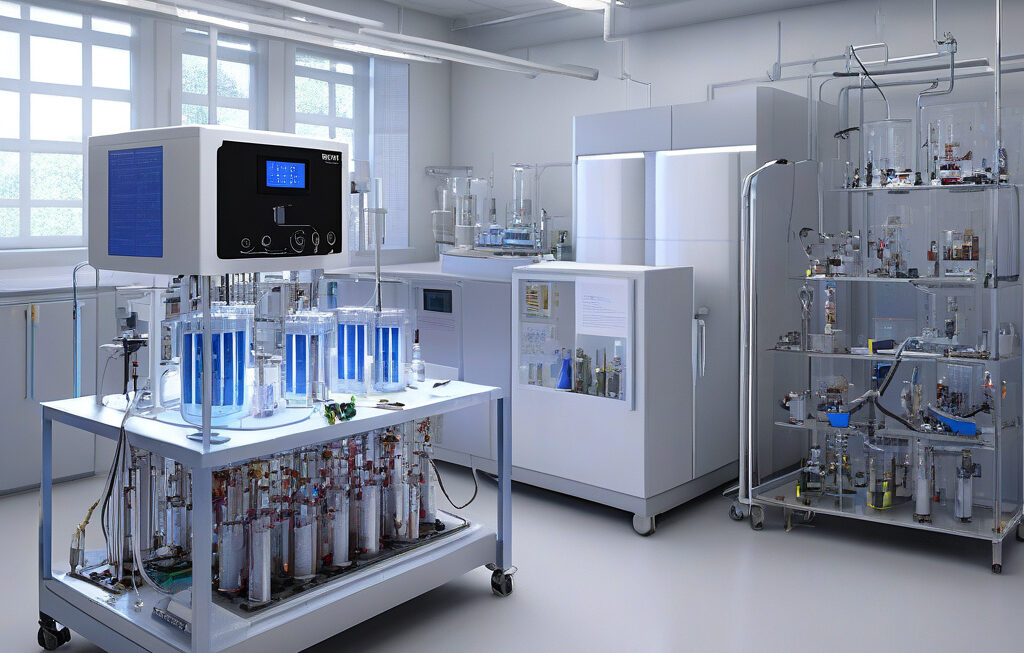Synthetic Molecule’s Inclusion in Perovskite Solar Cells Can Give Power to Thousands of Homes
Scientists have demonstrated that the inclusion of a synthetic molecule in perovskite solar cells boosts their efficiency and longevity, potentially revolutionizing the renewable energy sector. This breakthrough could pave the way for widespread adoption of solar power as a viable alternative to traditional energy sources, providing clean and sustainable electricity to thousands of homes around the world.
Perovskite solar cells have emerged as a promising technology for harnessing solar energy due to their low cost and high efficiency. However, one of the major challenges facing these cells is their stability over time. Exposure to moisture and light can degrade the perovskite material, leading to a decrease in performance and a shorter lifespan of the solar cells.
To address this issue, scientists have developed a synthetic molecule that can be incorporated into the perovskite material, enhancing its stability and performance. This molecule acts as a protective layer, shielding the perovskite material from environmental factors that can cause degradation. As a result, the solar cells can maintain their efficiency and generate electricity for a longer period, making them more economically viable for widespread use.
In addition to improving the stability of perovskite solar cells, the synthetic molecule also enhances their efficiency. By optimizing the interaction between the perovskite material and the sunlight, the molecule can increase the conversion of solar energy into electricity, further boosting the overall performance of the solar cells. This means that more energy can be harvested from the sun, making solar power a more reliable and cost-effective source of electricity.
The implications of this breakthrough are far-reaching. With the inclusion of the synthetic molecule, perovskite solar cells have the potential to surpass traditional silicon-based solar cells in terms of efficiency and cost-effectiveness. This could accelerate the transition to renewable energy sources and reduce our reliance on fossil fuels, leading to a more sustainable future for the planet.
Furthermore, the widespread adoption of perovskite solar cells enhanced with the synthetic molecule could have a significant impact on the energy industry. By providing a clean and renewable source of electricity, these solar cells could power thousands of homes and businesses, reducing carbon emissions and mitigating the effects of climate change. In regions where access to electricity is limited, such as remote areas or developing countries, this technology could be a game-changer, bringing power to those who need it most.
As research and development in the field of renewable energy continue to advance, innovations like the inclusion of synthetic molecules in perovskite solar cells are crucial for driving the transition to a sustainable energy future. By harnessing the power of the sun more efficiently and effectively, we can create a world powered by clean and renewable energy, benefiting both the environment and society as a whole.
#RenewableEnergy, #PerovskiteSolarCells, #SyntheticMolecule, #CleanEnergy, #SustainableFuture












